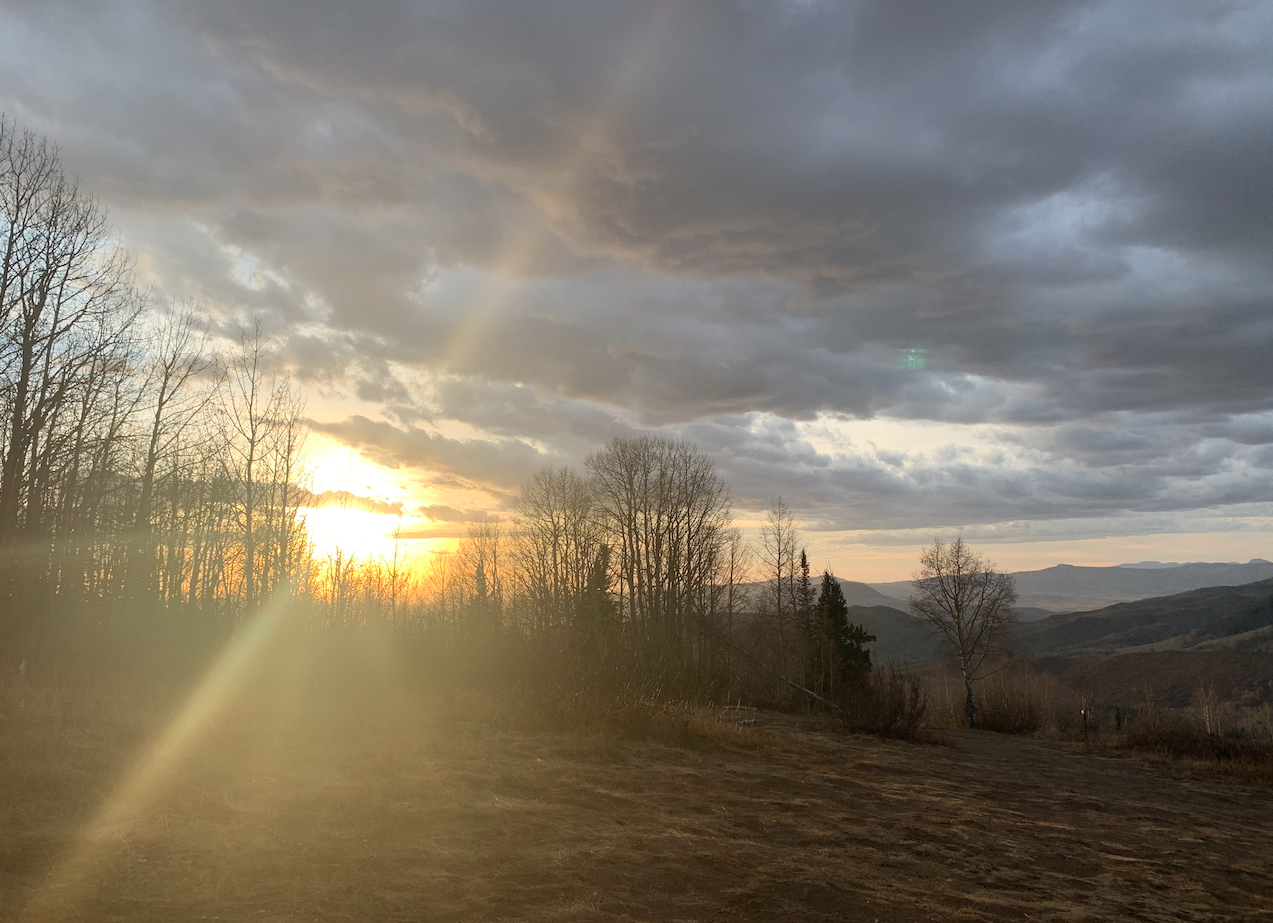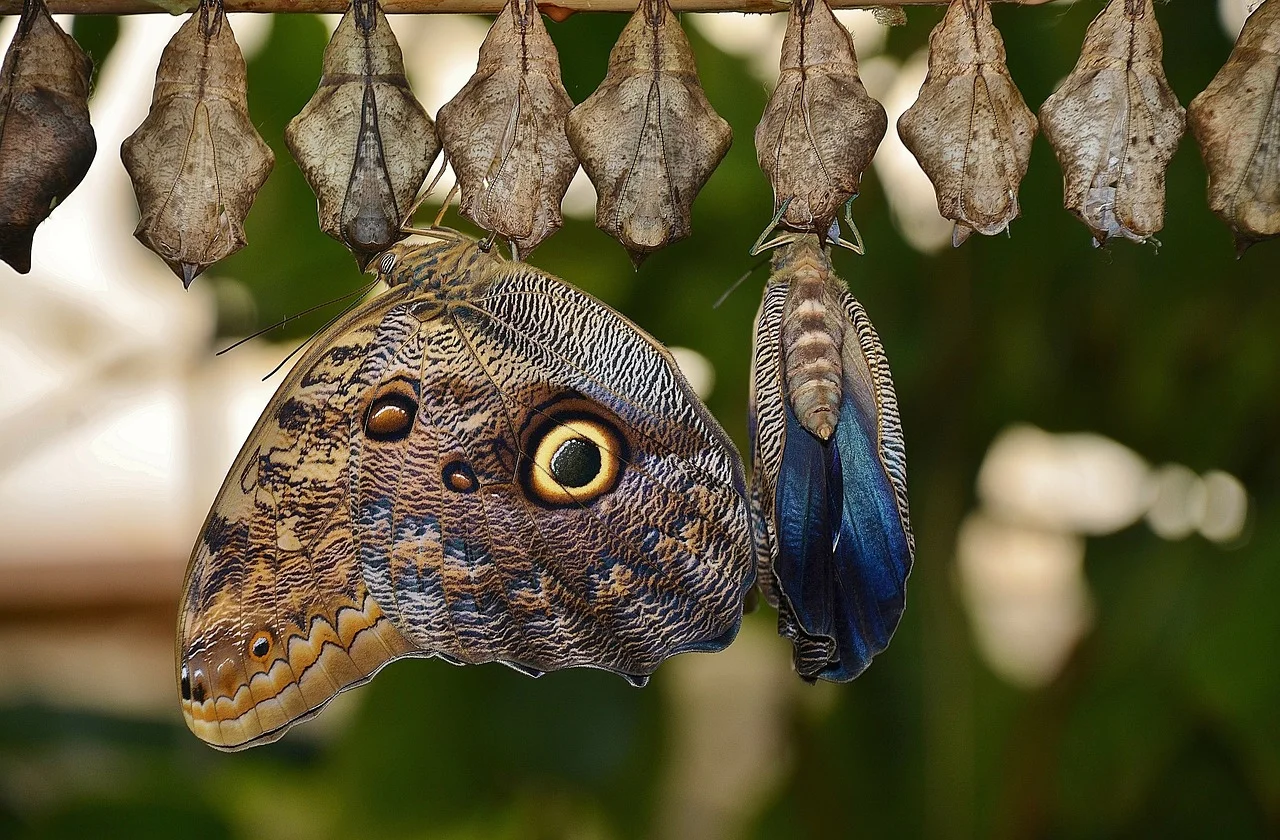Sometimes it’s hard to write. Things come up – work, family, vacation, illness, life – and writing isn’t the easiest thing to slip into the spaces.
That’s why each of us needs our own, personal, “art monster.”
I first heard this idea from Lauren Groff, award-winning author of the novels Arcadia, Fates and Furies and more. When speaking last year, she talked about sticking with the artist’s life, even through times of crummy jobs and uncertainty.
“It’s hard, it’s so hard to be a creative person,” Groff said.
But what gets you through the bad times, she said, is waking every day with a commitment to your art, then practicing that commitment. Even if it’s not good in the beginning (because, as Groff said and as we all know, it’s never good at the beginning). You have to keep going and know that you are good. Have faith in yourself.
And that’s where your personal art monster comes in.
“Have an art monster inside of you, and feed it and let it live. Let that art monster stomp around the house,” Groff said.
And while it’s stomping and taking up space, rearranging your life for a bit, sprawling out over your chores, shoving your “real” work to the side for a moment, it’s telling you that you are good. Saying that you’re worth it, that you can do it.
“It’s about knowing how good you are on the inside and having that faith,” Groff said.
I collaged the idea of an art monster soon after hearing Groff, and ended up with images that reflected a sneaky, creative force, one that slips in through the night and early morning, working without being loud about, though it's still insistent and real and hungry. And while I feel those images still hold true, I’m ready for a louder monster. One that wants to do some stomping. To yell and shout. To say it’s hungry. To jump up and down, and push things around.
It’ll be hard, especially with summer and its strange schedule and extra trips and other fun stuff. But today, at least, I’ll sit for a minute and listen to that monster. And make some space for writing. Because all of us – me included – are worth it.
__________
pixabay.com














